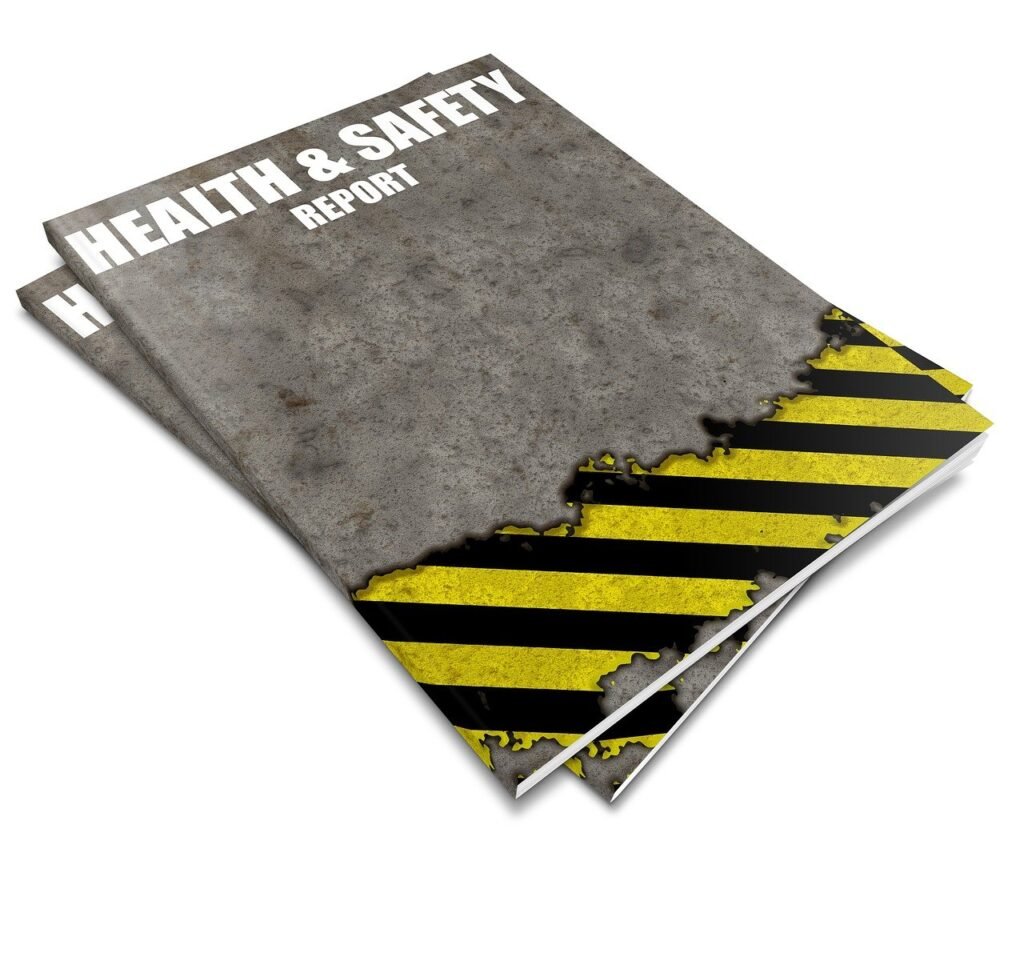Welcome! In this article, you will find essential tips for keeping your children safe in and around water. With summer approaching, it’s important to prioritize water safety to ensure your children have a fun and worry-free time by the pool, beach, or any body of water. By following these simple guidelines, you can enjoy your time in the water with peace of mind knowing your children are safe. Let’s dive in and learn how to keep our little ones safe and sound around water!
Hey there! Have you ever wondered how to keep children safe in and around the water? It’s a common concern for many parents and caregivers, especially during the summer months when kids love to splash around in pools, lakes, and oceans. In this article, we’ll discuss some essential tips and guidelines to help ensure the safety of children in and around water. Let’s dive in!
Check out our Product Reviews
Importance of Water Safety for Children
Water safety is crucial for children of all ages, as drowning is one of the leading causes of accidental death in young kids. By following some simple guidelines and being proactive in ensuring a safe environment, you can help prevent tragic incidents and keep your little ones safe while they have fun in the water.
Why Is Water Safety Important?
Water-related accidents can happen in the blink of an eye, so being prepared and knowledgeable about water safety is essential. Children are naturally drawn to water, and their curiosity and lack of understanding about potential dangers can put them at risk. By educating yourself and your child about water safety, you can create a safe and enjoyable experience for everyone.
Supervision is Key
One of the most critical aspects of water safety for children is active supervision. Whether you’re at a pool, beach, or even just the bathtub, it’s crucial to keep a watchful eye on children at all times. Accidents can happen in seconds, and the presence of a responsible adult can make all the difference in preventing a tragedy.
Always Supervise Children Near Water
Never leave children unattended near water, even for a moment. Drowning can occur silently and quickly, so it’s crucial to stay within arm’s reach of young children at all times. Designate a designated “water watcher” when multiple adults are present to ensure continuous supervision.
Set Clear Rules and Boundaries
Establishing clear rules and boundaries around water can help children understand what is safe and appropriate behavior. Teach them to always ask for permission before entering the water, walk instead of run near the pool edge, and never swim alone. Consistent reinforcement of these rules can help instill good habits and prevent accidents.

This image is property of pixabay.com.
Check out our Product Reviews
Teach Kids How to Swim
Learning how to swim is a valuable life skill that can provide children with confidence and safety in the water. Formal swim lessons can begin as early as six months old, and children should continue to practice and improve their swim skills as they grow. By teaching kids how to swim, you’re equipping them with the tools they need to stay safe in and around water.
Enroll Children in Swim Lessons
Check with your local community center, YMCA, or swim school to find age-appropriate swim lessons for your child. Experienced instructors can teach children basic water safety skills, proper swimming techniques, and how to respond in emergencies. Remember that swimming lessons are not a substitute for adult supervision, so always keep a watchful eye on children in and around the water.
Use Proper Safety Gear
In addition to supervision and swim lessons, using proper safety gear can provide an extra layer of protection for children in and around water. From life jackets to pool alarms, there are several tools and devices available to help keep kids safe while they enjoy aquatic activities.
Life Jackets
Life jackets are essential for children who are not strong swimmers or are playing in open water. Ensure that the life jacket fits snugly and is U.S. Coast Guard-approved for the child’s weight and size. Encourage children to wear their life jackets whenever they’re near water, especially when boating or participating in water sports.
Pool Alarms
Pool alarms are an excellent safety device for families with pools at home. These alarms can detect motion or changes in water pressure and sound an alert if a child accidentally falls into the pool. Consider installing a pool alarm as an added layer of protection, but remember that it should not replace active adult supervision.

This image is property of pixabay.com.
Establish Pool Rules
If you have a pool at home or are visiting a pool facility, it’s essential to establish and enforce pool rules to promote a safe and enjoyable swimming environment. By setting clear guidelines and expectations, you can help prevent accidents and create a positive experience for everyone.
No Diving
Diving into shallow water can lead to serious head and neck injuries, so it’s crucial to establish a strict “no diving” rule in your pool. Remind children that diving should only be done in designated diving areas with appropriate depth markers. Supervise children to ensure they follow this rule at all times.
Walk, Don’t Run
Running on wet surfaces near the pool can result in slips, falls, and other injuries. Encourage children to walk at all times and establish poolside boundaries for safe play. Consider placing non-slip mats or rugs near the pool edge to reduce the risk of accidents.
Teach Water Safety Skills
In addition to swimming lessons, teaching children essential water safety skills can empower them to respond effectively in emergencies. From learning how to float on their back to recognizing the signs of drowning, these skills can make a significant difference in keeping children safe in and around water.
Floating on Back
Teach children how to float on their back and stay calm if they find themselves in deep water. Floating on the back can help conserve energy, provide a moment of rest, and make it easier to call for help. Practice this skill with your child in a safe and supervised setting.
Recognizing Drowning Signs
Many people mistakenly believe that drowning involves loud splashing and cries for help, but the reality is often silent and swift. Make sure children understand the signs of drowning, such as gasping for air, glassy eyes, and extended arms trying to stay afloat. Encourage them to call for help or signal for assistance if they see someone in distress.

This image is property of pixabay.com.
Be Prepared for Emergencies
Despite best efforts to prevent accidents, emergencies can still happen in and around water. Being prepared and knowing how to respond in a crisis can make a significant difference in the outcome. From learning CPR to having a well-stocked first aid kit, here are some essential tips for handling water-related emergencies.
Learn CPR
Cardiopulmonary resuscitation (CPR) is a lifesaving skill that can help revive someone who is not breathing or whose heart has stopped. Take a CPR course from a certified provider, and make sure everyone in your household knows how to perform CPR on children and adults. Keep CPR instructions handy near your pool area for quick reference.
Have a First Aid Kit
A well-stocked first aid kit is essential for handling minor injuries, scrapes, and cuts that may occur in and around water. Make sure your first aid kit contains bandages, antiseptic wipes, gauze pads, adhesive tape, and scissors. Regularly check and replenish your first aid kit to ensure that supplies are up-to-date.
Create an Emergency Response Plan
Discuss and practice an emergency response plan with your family in case of a water-related incident. Designate specific roles and responsibilities for each family member, establish a communication protocol, and identify nearby landmarks or addresses for emergency personnel. Being prepared can help mitigate panic and confusion during a crisis.
Conclusion
Water safety for children is a top priority for parents and caregivers, and by following these tips and guidelines, you can create a safe and enjoyable environment for kids to have fun in the water. Remember the importance of active supervision, teaching essential water safety skills, using proper safety gear, and being prepared for emergencies. By taking proactive steps to promote water safety, you can help prevent accidents and ensure that children have a positive and memorable experience in and around water. Stay safe, and happy swimming!
Check out our Product Reviews